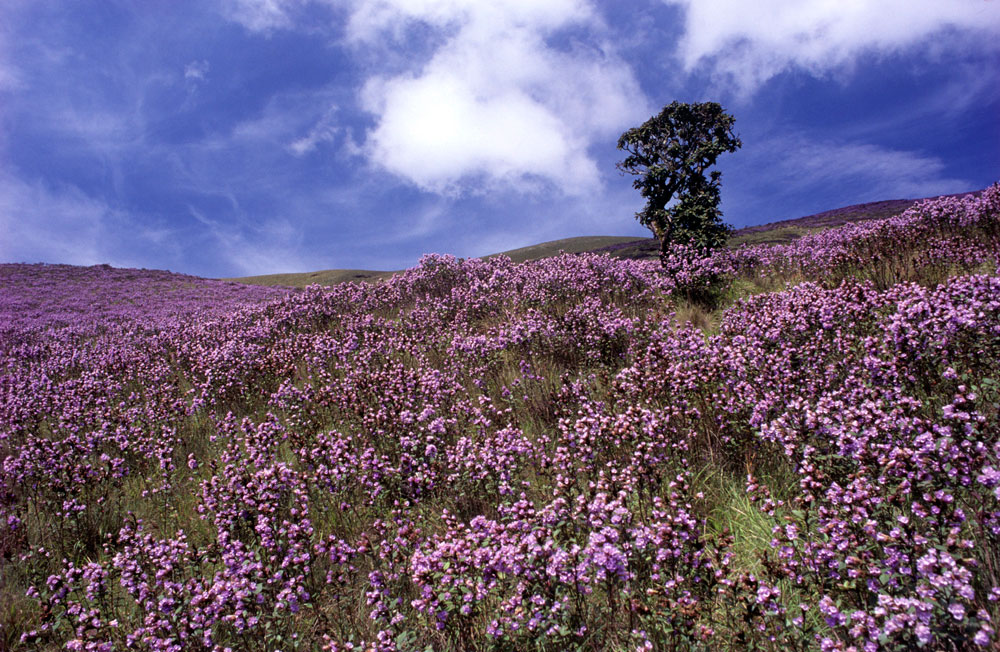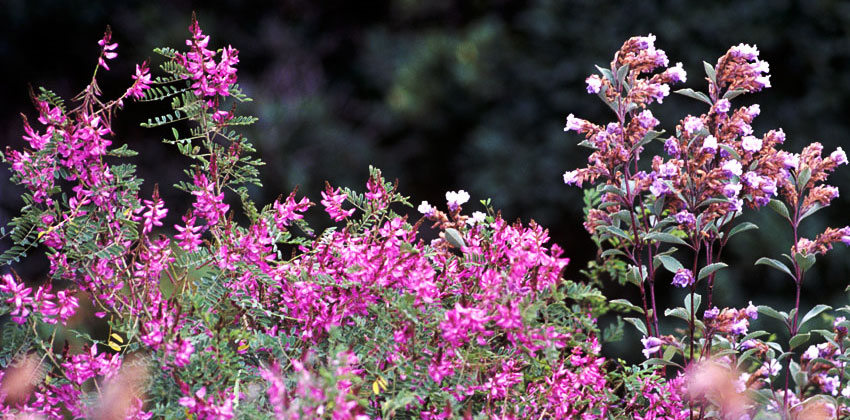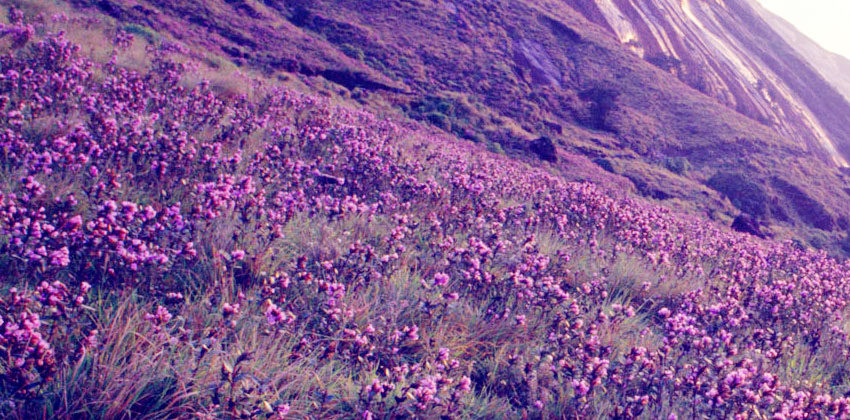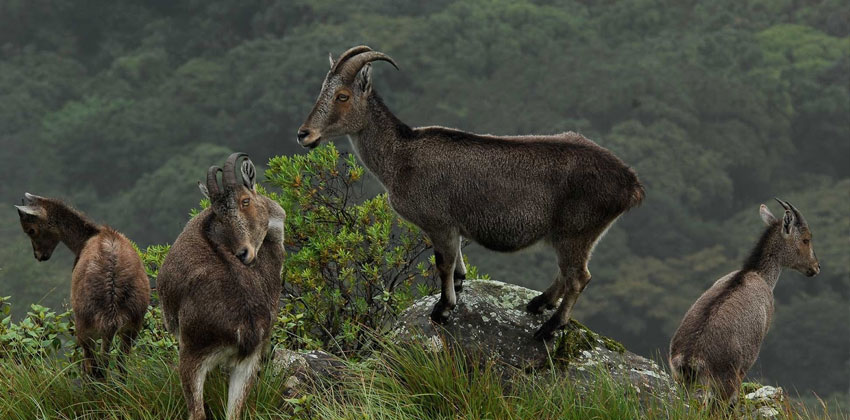Neelakurinji season starts in July

Munnar ghats are ready to witness the visual extravagance – blooming of Neelakurinji (Strobilanthes kunthiana), which happens once in twelve years. This time it is expected to be between July to October. Kerala Tourism Department hopes it would revive the tourism industry, which has adversely affected by the Nipah virus outbreak during the last month.
There is almost 10 per cent decrease in the booking when compared to last time as informed by the tour operators. However, as the travel advisory restricting travelers to visit Kerala has been withdrawn by almost all the countries, everyone is hopeful to have more foreign travelers this time.

Online campaigns have already been begun by the tourism sector. The tourism ministry has taken all the necessary arrangements to facilitate tourist to witness the spectacular feast of the nature,
These flowers blossom only on the Western Ghats. After Ootty and Kodaikkanal, Munnar is the place where it blooms in such grandeur. Though there are around 46 variety of Neelakurinji, 22 of them can be found in this region. Those with the scientific name ‘Strobilanthes kunthiana’ is the major species in Munnar region.

Five lakh people visited Munnar during the last season and the tourism industry expected to have more than ten lakh this time. Campaigns have already been initiated to achieve the target.
Kerala Tourism has been undertaking several steps to improve the tourism infrastructure in Munnar to accommodate the maximum number of tourists at Neelakurinji hotspots.
There will be provisions for hassle free ticket booking. 75 per cent will be through online portals. 25 per cent will be through distribution counter set up near KSRTC bus station in Munnar.
There will be regulations for traffic and parking. Only 4000 persons will be allowed per day. Smooth functioning of the program will be ensured thought coordination of the various departments like tourism, DTPC, Revenue, Forest and Police.

As a bonus to the spectacular purple blue carpet of Neelakkurinji flowers, tourists can also see mountain goats, scientifically named ‘Nilgiritragus hylocrius’, during their visit to Munnar. It is also known by the name Nilgiri Ibex or simply Ibex. Locally the animal is called ‘Varayaadu’.



